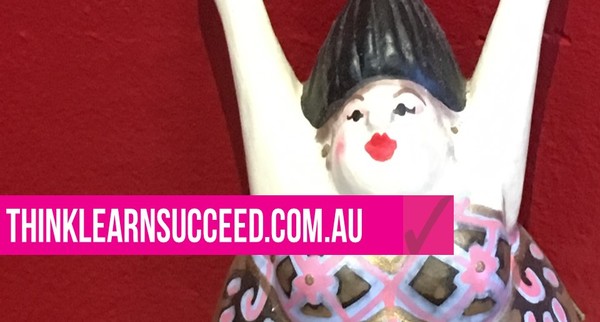Values incongruence happens when a person or group’s values are at odds with what they are expected to do. In organisations, it often emerges when a gap between ‘what we say and what we really do’ appears. This can significantly undermine performance, create conflict and reduce work efficiency.
Because values incongruence often happens beneath conscious awareness, it can be difficult to detect and address. Learning to spot, call out and address values incongruence can help your people align their efforts with what truly matters to the business.
Here’s an example. “We love your authenticity,” said my client. “Your style fits our values: dynamic, empowered and real. That’s why we want you to run our leadership workshops.”
I designed a dynamic, empowered and real session. I ran the pilot program, which was a huge success. We set dates for the full program. Then requests for small changes to the delivery style began. Most of these clashed with the espoused values of my client, as well as the core values of my business. For example, the client said “Here’s a script our team can use to be authentic. Tell them they have to use it when they run performance reviews.” This concept clashed with the client’s focus on being real. It also jarred with the model of active constructive conversation we were teaching in the workshop.
A second request posed a similar problem. The client proposed reducing a full day workshop to half a day by cutting out activities. Meanwhile, they still wanted a dynamic, interactive session, where participants actively applied what they were learning. I was in a tricky situation. I needed to challenge the client’s incongruence, whilst preserving a good relationship. I met with her and said, “You chose me to run this program because my authenticity aligned with your values. Do you still want the sessions to be dynamic, empowered and real?”
The client nodded.
“I’m concerned that using a script doesn’t help people be real. What can we do about that?”
“Hmm…okay take the script out.”
“Great. I’m also wondering how to deliver a dynamic, hands-on session if we take all the activities out. Do you have any ideas about how we could achieve that?”
“Can’t you just lecture?”
“Yes. I can even do that dynamically. But how do we get the hands-on element happening?”
“Oh right. Yes, we do need it to be hands-on. Let’s stick to a full day”
After the next workshop, the client thanked me for pointing out the incongruence. She said that leaders in the business needed to learn how to do that, too. She was right. Many leaders fail to speak up when behaviours clash with organisational values or goals. Often, they don’t notice the misalignment between what is being done and what is valued. Even when they do, they lack the skills required to address conflict.
HR and L&D practitioners can play an important role in addressing this situation. Here are five practical steps you can take to foster values alignment in your business.
- Keep your values front-of-mind. Paint them on walls. Build artworks and display them in your foyer. Print them at the top of every meeting agenda.
- Teach leaders to ask, “how does this decision support our values?” before committing to action.
- Create a problem-solving template and distribute it to all teams in the business. Include prompts to consider values when generating and selecting solutions.
- Introduce a regular values check process. Every three months, ask each team to identify something in their work that is inconsistent with the organisation’s core values. Don’t stop there, though. Ask them to propose ways of overcoming the incongruence.
- Focus on positive deviance. Search out areas of the business where excellent values alignment exists. Promote these success stories by writing case studies for your internal newsletters. Then include them as examples in training programs and conducting site tours to havens of best practice.
About the author of this article:
Eleanor Shakiba is trainer for professionals in high intellect fields. Her expertise is in using positive psychology to build high performing leaders and teams. Eleanor works with trainers and HR specialists to build exceptional organisations and people. She is the author of the Positive Psychology Toolkit for HR and L&D practitioners. She also runs a range of retreats and workshops for trainers and facilitators.
